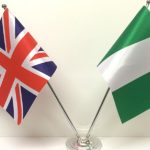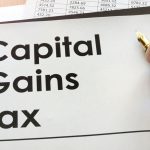Economy
How are USA 500 Stocks Selected?
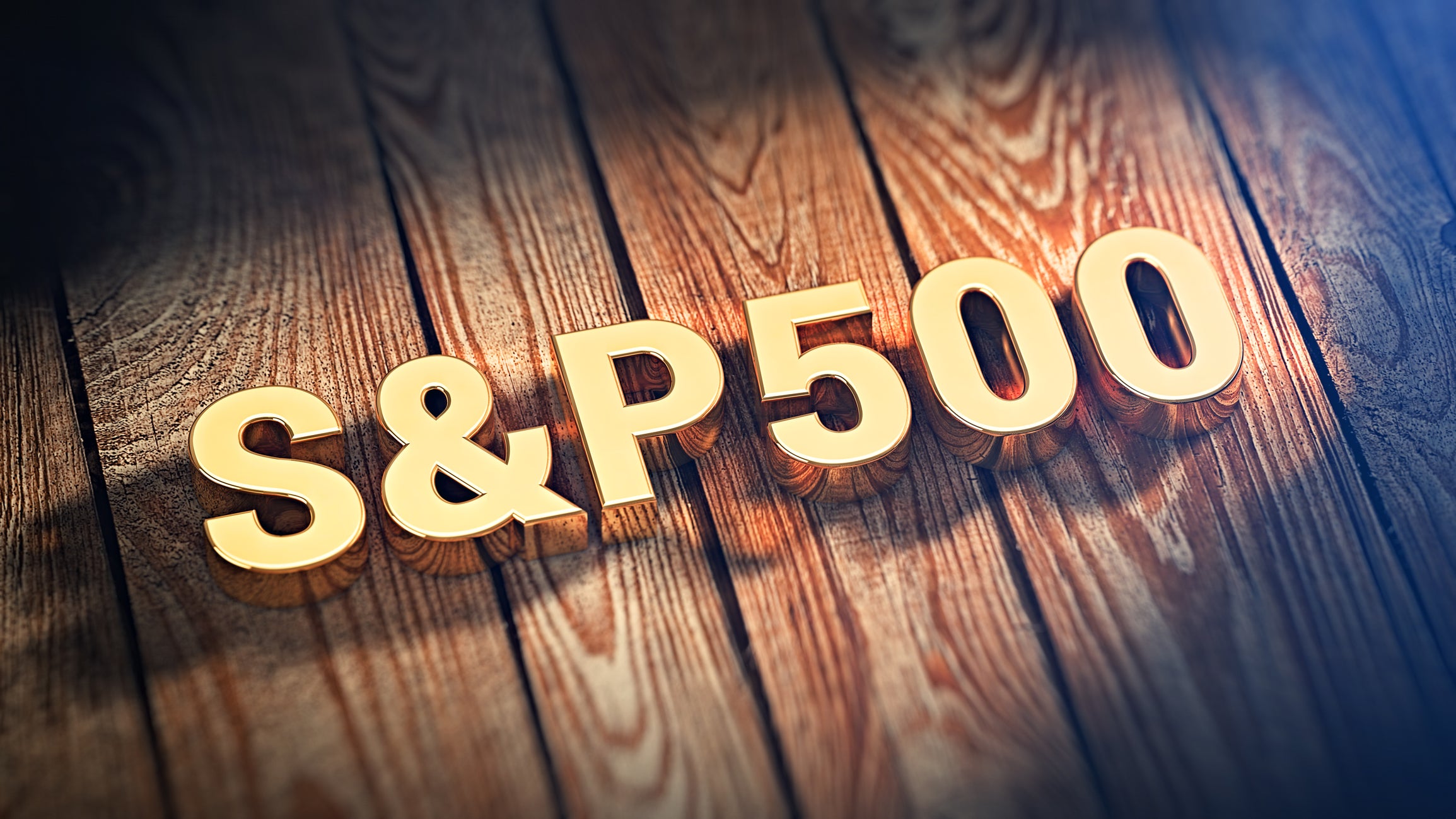
While USA 500 may include only a small section of publicly traded firms, there is no doubt that it is one of the most important indices in the United States stock market.
Approximately 500 companies in the S&P 500 make over 80% of the stock’s total value on the market. Therefore, it is an important indicator of how the local market is performing.
If you target trading USA 500 stocks, one of the main questions that you might have in your mind is, “How are the companies selected to join the exclusive list?” Everything comes down to meeting a number of rules set by the committee of investors, and we are going to look at some of them:
Market Capitalization
USA 500 was created to represent the largest companies in the US. So, size is an important parameter. The notion of “size” in the stock market means the selected company’s stock value or the total value of its shares (market capitalization).
Take the example of Apple Inc., an American multinational technology firm headquartered in Cupertino, California. In 2018, Apple made history as the first US firm to reach one trillion dollars in market capitalization, but Amazon’s and Microsoft’s also crossed the one trillion-mark by the end of the first quarter of 2019. By the close of September 2020, Apple’s shares were trading at about $115.
Another example is Coca Cola. The company has over 4.3 billion shares, which were trading at $41.9 by early October, meaning that its total market capitalization is about $180.1 billion.
The minimum market capitalization can move up or down, but the current number is $8.1 billion. Of course, this figure was way lower about 10 years ago, and you can expect it to continue increasing in the future.
Profitability
When investors look for stocks, they put a lot of emphasis on profitability. This is why USA 500 and USA 30 indices give a lot of weight to the selected firm’s profitability.
To gauge the profitability of a company, there are two methods that are used; checking the profitability of the firm over the last one year (four quarters) and in the most recent quarter.
However, how profitability plays is very dynamic. In theory, if a company loses $200 million in the first three quarters of a year and then makes a profit of $700 million in the third quarter, it would still be considered profitable.
When considering profitability, companies that have just gone public are required to show their trading history for the past 12 months. This means that if you have just concluded an IPO, it is impossible to immediately hop into the USA 500 Index, even with a high market capitalization.
A Company’s Liquidity and Float should be Easy to Check
The goal of USA 500 is to correctly track the companies with large capitalization that you can invest in. In addition to large capitalization, firms that are only owned by a few individuals (closely held) or those with little trading volume (thinly traded) are disqualified. So, here is how this rule is applied.
To get your company into the S&P 500, your business is required to have more than 50% of its stocks being traded on the stock exchanges. This is a correct assertion because a company with 60% of the shares owned by the founder is more private than another firm where owners only hold 40%.
Besides a firm being publicly owned, it also needs to be liquid to join the S&P 500 index. To achieve this, the company is required to have a trading volume of more than 100% and to have traded no less than 250,000 shares in the previous six months. This implies that if a company has two billion shares, all of them must be traded every year.
Most of the top-rated companies in the US meet these requirements with ease, and it is the reason why they are always on the list or get their way back after falling off.
Companies that Get Free Pass into the USA 500
From the requirements that we have listed above, it is clear that they are pretty stringent, but there are some companies that get a free pass. These are the stocks that are part of other top-rated indices, such as the S&P MidCap 400 and S&P SmallCap 600. These stocks are exempted from the rules of float, profitability, and liquidity.
The argument for exempting these stocks is that if your company is already part of the exempted indices, it will have met most of the requirements for listing on S&P 500. Therefore, if you have a company and want to get your way into the S&P 500, one of the methods is joining the exempted indices.
Some Companies Cannot Get into the USA 500
Notably, S&P 500 only considers standard incorporations and REITs (real estate investment trusts), so other forms of companies falling outside the two categories are excluded. For example, companies with exotic structures, such as master limited partnerships (MLPs) and business development companies (BDCs) are excluded. Limited liability companies, exchange-traded funds (ETFs), and closed-end funds (CEFs) are also excluded.
S&P Goes beyond the Rules!
Notably, meeting the basic rules to join S&P 500 is not enough to join the index! The index committee must also give the nod for your company to join as a way of filtering firms that might want to take advantage of the index.
The active involvement of the index committee makes S&P 500 more active compared to others. For instance, Russel 100 only requires a company to meet the rules without subjecting it to an active committee.
When the USA 500 index committee strategically adds or removes stocks, it helps to ensure that the index does not differ significantly from what is happening on the market.
To get a company to get listed on the index, therefore, it must be performing well and maintain an upward trend on the market to impress the committee.
In this post, we have looked at the stringent rules that companies need to meet to get listed on the USA 500 Index. So, if you are a new trader, USA 500 companies can be a good consideration.
Economy
UK Backs Nigeria With Two Flagship Economic Reform Programmes
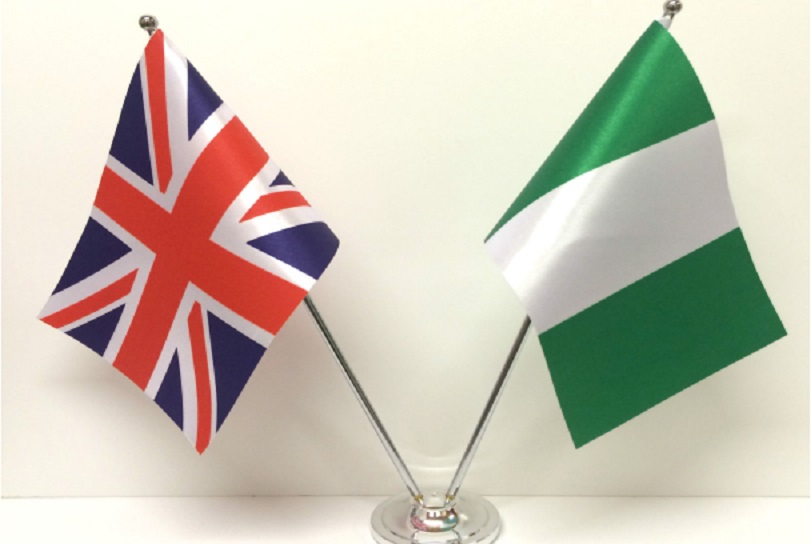
By Adedapo Adesanya
The United Kingdom via the British High Commission in Abuja has launched two flagship economic reform programmes – the Nigeria Economic Stability & Transformation (NEST) programme and the Nigeria Public Finance Facility (NPFF) -as part of efforts to support Nigeria’s economic reform and growth agenda.
Backed by a £12.4 million UK investment, NEST and NPFF sit at the centre of the UK-Nigeria mutual growth partnership and support Nigeria’s efforts to strengthen macroeconomic stability, improve fiscal resilience, and create a more competitive environment for investment and private-sector growth.
Speaking at the launch, Cynthia Rowe, Head of Development Cooperation at the British High Commission in Abuja, said, “These two programmes sit at the heart of our economic development cooperation with Nigeria. They reflect a shared commitment to strengthening the fundamentals that matter most for our stability, confidence, and long-term growth.”
The launch followed the inaugural meeting of the Joint UK-Nigeria Steering Committee, which endorsed the approach of both programmes and confirmed strong alignment between the UK and Nigeria on priority areas for delivery.
Representing the Government of Nigeria, Special Adviser to the President of Nigeria on Finance and the Economy, Mrs Sanyade Okoli, welcomed the collaboration, touting it as crucial to current, critical reforms.
“We welcome the United Kingdom’s support through these new programmes as a strong demonstration of our shared commitment to Nigeria’s economic stability and long-term prosperity. At a time when we are implementing critical reforms to strengthen fiscal resilience, improve macroeconomic stability, and unlock inclusive growth, this partnership will provide valuable technical support. Together, we are laying the foundation for a more resilient economy that delivers sustainable development and improved livelihoods for all Nigerians.”
On his part, Mr Jonny Baxter, British Deputy High Commissioner in Lagos, highlighted the significance of the programmes within the wider UK-Nigeria mutual growth partnership.
“NEST and NPFF are central to our shared approach to strengthening the foundations that underpin long-term economic prosperity. They sit firmly within the UK-Nigeria mutual growth partnership.”
Economy
MTN Nigeria, SMEDAN to Boost SME Digital Growth

By Aduragbemi Omiyale
A strategic partnership aimed at accelerating the growth, digital capacity, and sustainability of Nigeria’s 40 million Micro, Small and Medium Enterprises (MSMEs) has been signed by MTN Nigeria and the Small and Medium Enterprises Development Agency of Nigeria (SMEDAN).
The collaboration will feature joint initiatives focused on digital inclusion, financial access, capacity building, and providing verified information for MSMEs.
With millions of small businesses depending on accurate guidance and easy-to-access support, MTN and SMEDAN say their shared platform will address gaps in communication, misinformation, and access to opportunities.
At the formal signing of the Memorandum of Understanding (MoU) on Thursday, November 27, 2025, in Lagos, the stage was set for the immediate roll-out of tools, content, and resources that will support MSMEs nationwide.
The chief operating officer of MTN Nigeria, Mr Ayham Moussa, reiterated the company’s commitment to supporting Nigeria’s economic development, stating that MSMEs are the lifeline of Nigeria’s economy.
“SMEs are the backbone of the economy and the backbone of employment in Nigeria. We are delighted to power SMEDAN’s platform and provide tools that help MSMEs reach customers, obtain funding, and access wider markets. This collaboration serves both our business and social development objectives,” he stated.
Also, the Chief Enterprise Business Officer of MTN Nigeria, Ms Lynda Saint-Nwafor, described the MoU as a tool to “meet SMEs at the point of their needs,” noting that nano, micro, small, and medium businesses each require different resources to scale.
“Some SMEs need guidance, some need resources; others need opportunities or workforce support. This platform allows them to access whatever they need. We are committed to identifying opportunities across financial inclusion, digital inclusion, and capacity building that help SMEs to scale,” she noted.
Also commenting, the Director General of SMEDAN, Mr Charles Odii, emphasised the significance of the collaboration, noting that the agency cannot meet its mandate without leveraging technology and private-sector expertise.
“We have approximately 40 million MSMEs in Nigeria, and only about 400 SMEDAN staff. We cannot fulfil our mandate without technology, data, and strong partners.
“MTN already has the infrastructure and tools to support MSMEs from payments to identity, hosting, learning, and more. With this partnership, we are confident we can achieve in a short time what would have taken years,” he disclosed.
Mr Odii highlighted that the SMEDAN-MTN collaboration would support businesses across their growth needs, guided by their four-point GROW model – Guidance, Resources, Opportunities, and Workforce Development.
He added that SMEDAN has already created over 100,000 jobs within its two-year administration and expects the partnership to significantly boost job creation, business expansion, and nationwide enterprise modernisation.
Economy
NGX Seeks Suspension of New Capital Gains Tax
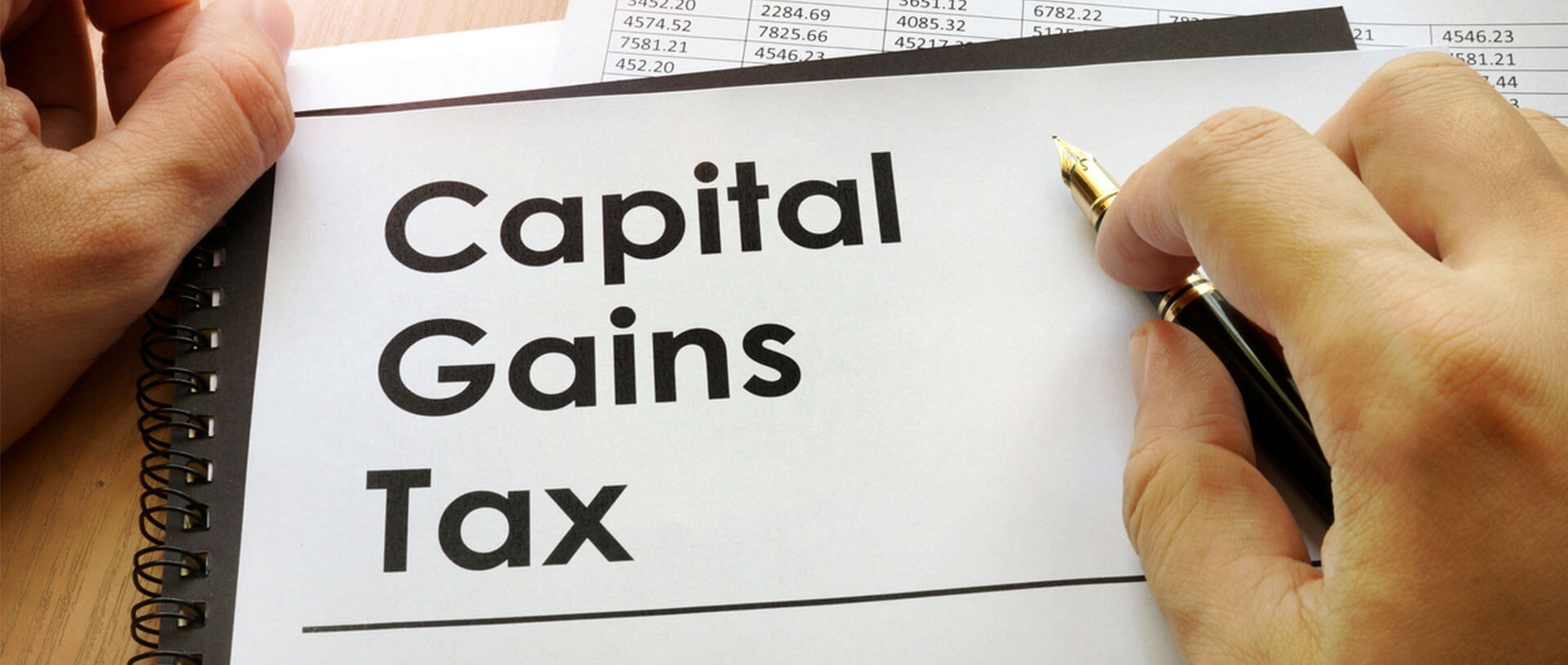
By Adedapo Adesanya
The Nigerian Exchange (NGX) Limited is seeking review of the controversial Capital Gains Tax increase, fearing it will chase away foreign investors from the country’s capital market.
Nigeria’s new tax regime, which takes effect from January 1, 2026, represents one of the most significant changes to Nigeria’s tax system in recent years.
Under the new rules, the flat 10 per cent Capital Gains Tax rate has been replaced by progressive income tax rates ranging from zero to 30 per cent, depending on an investor’s overall income or profit level while large corporate investors will see the top rate reduced to 25 per cent as part of a wider corporate tax reform.
The chief executive of NGX, Mr Jude Chiemeka, said in a Bloomberg interview in Kigali, Rwanda that there should be a “removal of the capital gains tax completely, or perhaps deferring it for five years.”
According to him, Nigeria, having a higher Capital Gains Tax, will make investors redirect asset allocation to frontier markets and “countries that have less tax.”
“From a capital flow perspective, we should be concerned because all these international portfolio managers that invest across frontier markets will certainly go to where the cost of investing is not so burdensome,” the CEO said, as per Bloomberg. “That is really the angle one will look at it from.”
Meanwhile, the policy has been defended by the chairman of the Presidential Fiscal Policy and Tax Reforms Committee, Mr Taiwo Oyedele, who noted that the new tax will make investing in the capital market more attractive by reducing risks, promoting fairness, and simplifying compliance.
He noted that the framework allows investors to deduct legitimate costs such as brokerage fees, regulatory charges, realised capital losses, margin interest, and foreign exchange losses directly tied to investments, thereby ensuring that they are not taxed when operating at a loss.
Mr Oyedele also said the reforms introduced a more inclusive approach to taxation by exempting several categories of investors and transactions.
-

 Feature/OPED6 years ago
Feature/OPED6 years agoDavos was Different this year
-
Travel/Tourism9 years ago
Lagos Seals Western Lodge Hotel In Ikorodu
-

 Showbiz3 years ago
Showbiz3 years agoEstranged Lover Releases Videos of Empress Njamah Bathing
-

 Banking7 years ago
Banking7 years agoSort Codes of GTBank Branches in Nigeria
-

 Economy3 years ago
Economy3 years agoSubsidy Removal: CNG at N130 Per Litre Cheaper Than Petrol—IPMAN
-

 Banking3 years ago
Banking3 years agoFirst Bank Announces Planned Downtime
-

 Banking3 years ago
Banking3 years agoSort Codes of UBA Branches in Nigeria
-

 Sports3 years ago
Sports3 years agoHighest Paid Nigerian Footballer – How Much Do Nigerian Footballers Earn




